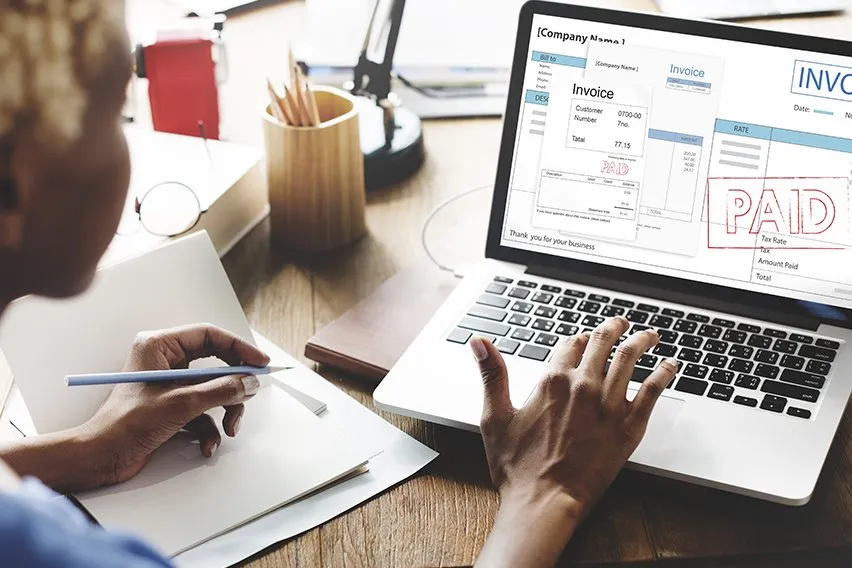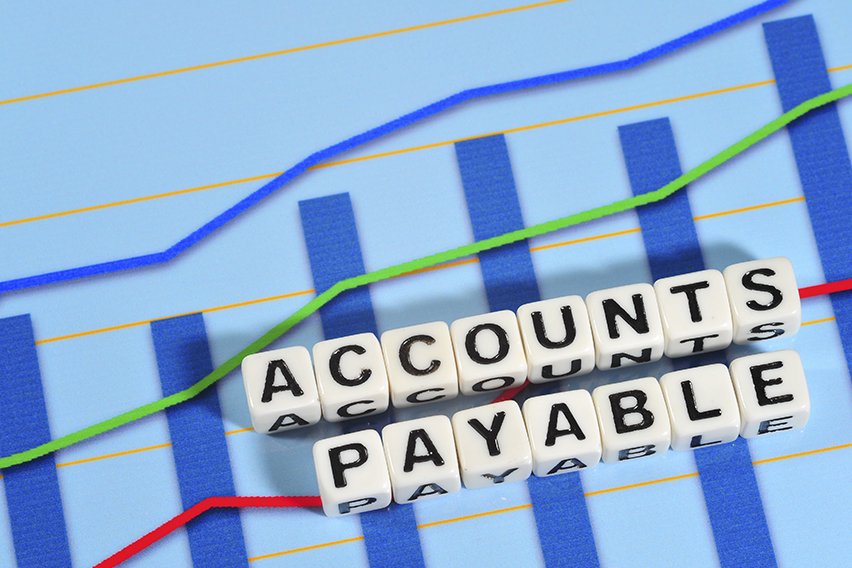How to Set Up a Direct Debit for Payments

Your business’s cash flow is dependent on regular payments being made on time. We all know this isn’t always as simple as it should be. FreshBooks has your invoicing all sorted – even sending reminders to late payers. But perhaps you’d benefit from setting up direct debits for your customers?
Here’s What We’ll Cover:
Who Do I Send the Advance Notice To?
What Happens if I Can’t Take the Payment on the Due Date?
Are There Any Downsides to Direct Debit Payments?
What is a Direct Debit?
A direct debit is an agreement between you and your customer. They give you permission to take a certain amount of money on a particular date every month. For example, £350 from their bank account to yours on the 28th of each month.
You can change either the amount or the date, but you need to get permission from the client.

Not to Be Confused With a Standing Order…
A standing order is similar, in that it’s a regular automatic payment made from bank to bank. But the set-up is entirely in the hands of your customer. A direct debit is a permission for you to take an agreed payment from a client’s bank account. A standing order is an instruction to the bank, telling them to pay a certain amount to another bank account. The amount and date can be changed by the individual.
Taking Direct Debit Payments
Your customers need to first complete a direct debit mandate. This includes all their bank account details, including bank account number and sort code. This is the form authorising you to take the agreed regular payment from their bank account. You can use paper or online forms for your direct debit mandates.
You must give your customers advance notice before their payment is taken. This is an official step within the direct debit process and it’s crucial that you do this in accordance with the rules. If you don’t, your clients are entitled to a refund.
Generally, advance notice must be given to the customer 10 working days before the payment date. You can specify a shorter advance notice period in your Direct Debit Guarantee if you’ve previously arranged it with your bank.
Within the rules, you can give this advance notice orally, electronically or in writing. It’s wise to have the evidence of your adherence to the rules by producing an electronic or written advance notice. Just telling someone over the phone gives you no evidence and no protection at all.
Who Do I Send the Advance Notice To?
You must send the advance notice to whoever authorised the direct debit and is the ‘payer’ of the amount owed. The ‘payer’ and the ‘customer’ might not always be the same person, so it’s a good idea to double-check this.
Your advance notice must include particular information clearly. This includes the amount, due date and frequency of the direct debit payment. If you have a separate schedule of payments, this is used instead of the frequency. You also need basic contact details for the service user and a direct debit reference number. Your advance notice period must be detailed in the first advance notice issued to your clients, but doesn’t have to be on any subsequent ones.
What Happens if I Can’t Take the Payment on the Due Date?
Within the direct debit system, you’re allowed up to 3 working days from the agreed payment date to collect your payments. You do have to send new advance notices though, to tell your customers about the change of date. This is a handy little bit of time that allows for those unexpected things that scupper the best laid plans – like technology glitches.
Why Use Direct Debit?
There are several reasons why direct debits are widely used by all types of businesses. They’re no longer the reserve of large companies. Due to advanced accountancy technology, like FreshBooks, direct debits are now more accessible for smaller businesses.
How will using direct debits help me?
Using direct debits are helpful to all businesses in the same ways, they save administration time and increase control overpayments.
The automation of collecting payments is a huge time – and hassle – saver. No more hours spent checking and chasing. You set the amount and the date of payment, so you can make the best decisions for your cash flow. Locking clients into this method of payment also reduces the number of late payments you have to pursue.
Another bonus for you as a business is that you can change the date, frequency and amount of the payments. Obviously, this has to be agreed with your customers. But other systems, like standing orders, don’t have this level of flexibility.

Benefits of Using Direct Debits
Good for you:
- As a landlord, direct debits are the perfect way to collect your rent
- Subscription products or services
- Enables you to offer instalment payments for large bills
- Retainers that have regular billing
Good for your clients:
- Organisation of finances, once a direct debit is set up you don’t have to remember to make the payment
- Direct Debit guarantee is an additional layer of protection if payments go wrong
- No missed payments mean no risk of late payment fees
Good for everyone:
- Because direct debits are bank to bank transactions, using secure online banking systems, they’re the safest way to make payments.
- Cheap for businesses to use, free for clients
- Bank-to-bank transactions mean there’s never a card expiry lapse in payments
- Inclusivity – any individual with a UK bank account can use the direct debit system to pay
Are There Any Downsides to Direct Debit Payments?
The main disadvantage to direct debit payments for you is that they’re not instant. It takes up to 3 working days to process a direct debit payment. It’s not the way to take a same day payment.
For your customers, they don’t have to worry about making a payment, but they do need to make sure there’s enough money in their bank account. Banks usually apply charges for refused payments. Some individuals prefer to authorise each payment as it occurs, rather than setting up a direct debit and forgetting about the money coming out.
RELATED ARTICLES

 Financial Accountant vs Management Accountant
Financial Accountant vs Management Accountant Do I Need An Accountant? Signs That You Might Need One
Do I Need An Accountant? Signs That You Might Need One 4 Best Accounts Payable Software
4 Best Accounts Payable Software Restaurant Accounting: A Beginner’s Guide
Restaurant Accounting: A Beginner’s Guide How to Do Construction Accounting: The Ultimate Guide
How to Do Construction Accounting: The Ultimate Guide Accounting vs. Auditing: What are the Key Differences?
Accounting vs. Auditing: What are the Key Differences?